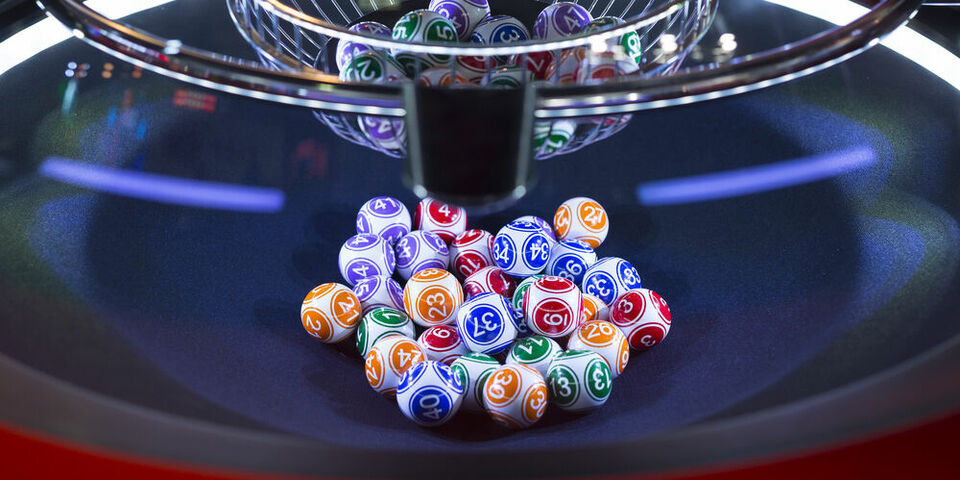First select, then draw lots: H.R. weighs up the options
The Dutch government wants to return to a system where oversubscribed study programmes select students by drawing lots. The House of Representatives has all kinds of questions on this issue and may favour a hybrid solution in which programmes select the best candidates first and assign the remaining places by drawing lots.
The bill in question was proposed by the previous education minister. The idea behind it is that in some cases there is little to be gained by selection, while it is an approach can lead to unequal opportunities.
If the government gets its way, there will be several forms of admission when a fixed student quota applies: selection based on the quality of the candidates, an unweighted draw (in which everyone has an equal chance) or a weighted draw (the more suitable the candidate, the better their chances).
Torpedo
The House of Representatives has now tabled a whole range of critical questions. The VVD in particular wants to torpedo the idea, whereas other parties have more sympathy for it.
At one time, drawing lots for study programmes such as medicine was standard practice in the Netherlands. That changed around the year 2000, after the luck of the draw denied one school leaver with excellent qualifications the opportunity to study medicine on three separate occasions. Various modifications followed: school leavers who passed their final exams with top marks were guaranteed admission and later study programmes were given the opportunity to select students according to their own criteria.
In 2013 the system of drawing lots was abolished completely. At the time it was thought to be unfair that young people had so little influence on their admission. The feeling was that every study programme with a fixed student quota should be able to recruit the most suitable students.
However, that system drew criticism because making a good selection is a tricky matter. Prejudice and cultural differences can lead to inequality. Men tend to do less well in selection procedures, for example, and the same holds for students with a non-Western background. The Inspectorate of Education looked into these disparities and judged them to be “minor, but persistent”.
Refined
Even so, the VVD has voiced doubts about whether reintroducing a lottery system is the answer. Selection procedures could be refined with a view to eliminating unequal opportunities. So why isn’t the government working harder to make that happen?
The ChristenUnie has its doubts as well: the party believes that “as long as it is done properly”, selection is preferable to drawing lots. The SGP wants an undertaking that quality will not be sacrificed in the pursuit of diversity through drawing lots.
Other political groups tend to favour drawing lots, at least as an extra option. Some popular study programmes simply fill up quickly with applicants who are more or less equally suitable. In such cases, why go to the trouble of organising a selection circus if diversity is only going to suffer as a result?
The SP advocates a lottery system across the board, “in any case until research points us towards selection methods that do not lead to inequality of opportunity”. In their eyes, drawing lots is fairer than selection. Bij1 sees drawing lots as preferable to selection too. But most parties take the view that the two systems can co-exist.
In fact, D66, CDA, SGP, PvdA and GroenLinks want to know why study programmes are not allowed to mix selection and unweighted drawing of lots. There could be a first round in which a selection is made on the basis of quality and then – if further selection serves no purpose – lots could be drawn.
Education Minister Robbert Dijkgraaf will answer these questions in this written consultation.


Discussion